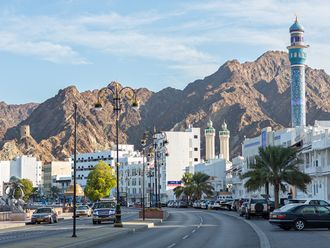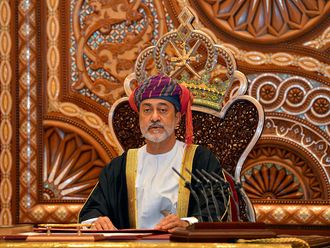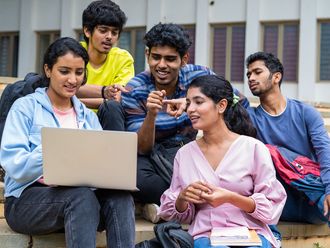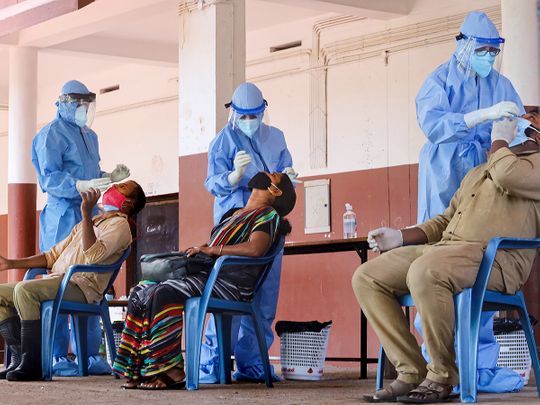
Thiruvananthapuram: If a week is a long time in politics, a few months is proving a long time in the fight against the coronavirus. For Kerala, the months-long experience in its battle against the virus is proving a veritable roller-coaster journey, moving from an early star to a state that is currently aghast at its rapidly rising patient numbers.
In the early days of the virus spread in the country in February and March, Kerala was held up as the model to follow, but matters have since changed dramatically with a rising graph of patients that has not led to panic but definitely raised concern.
See more
- Photos: Thousands of women take part in Attukal Pongala in Kerala despite coronavirus fears
- A week after: A quick look at what transpired after Dubai-Kerala Air India Express passenger plane crash
- COVID-19: Operation Samudra Setu — INS Jalashwa brings back 698 Indian nationals from Maldives
- Photos: Landslides after heavy rainfall in Kerala's Idukki district in India
First case on January 30
It was on January 30 that Kerala reported India’s first case of COVID-19, brought to the state and country by a girl from Thrissur, who is a student at Wuhan, China.
When more Kerala students returned from China, the numbers inched up but even by early March the numbers were well in control. On March 11, Kerala had a total of only 14 cases and India had 60 COVID-19-positive cases.
April 22 - 437
May 27 - 1,003
June 24 - 3,603
July 22 - 15,032
Aug 23 - 58,262
Importantly, by that time it was not the students returning from China who were considered the chief carriers of the virus, but non-resident Keralites in Europe and other countries who were coming home.
Thus, when Kerala had 14 cases on March 11, as many as 11 of them were connected to a family of four returning from Italy to Ranni. All of them were quickly quarantined, then moved to hospital and the district administration in Pathanamthitta became the first to create a route map of a coronavirus patient.
Soon after, Kerala also became the first to go into lockdown mode before Indian prime minister Narendra Modi announced a nation-wide 21-day lockdown from March 24.
Flattening the curve
Its early initiatives in containing the virus spread earned deserved laurels for Kerala, and state chief minister Pinarayi Vijayan and health minister K.K. Shailaja received praise from international media including the Washington Post and the BBC.
“We hoped for the best but planned for the worst,” Shailaja told the Washington Post in April. But she also warned, ominously, “Now, the curve has flattened, but we cannot predict what will happen next week.”
The state was in fact so successful in flattening the curve that there were some days in March when the number of new cases was zero.
However, Kerala’s status of having a significantly large number of expatriates had always meant that the state faced a potential explosion of cases when large numbers of them returned.
Return of the migrants
Through May-June, unlike many Indian states Kerala witnessed two types of migrant movements – those of Kerala’s expat workers abroad returning home on India’s Vande Bharat Mission flights and Keralites in other Indian states returning home, and a simultaneous exodus of north Indian workers employed in Kerala to their respective states.
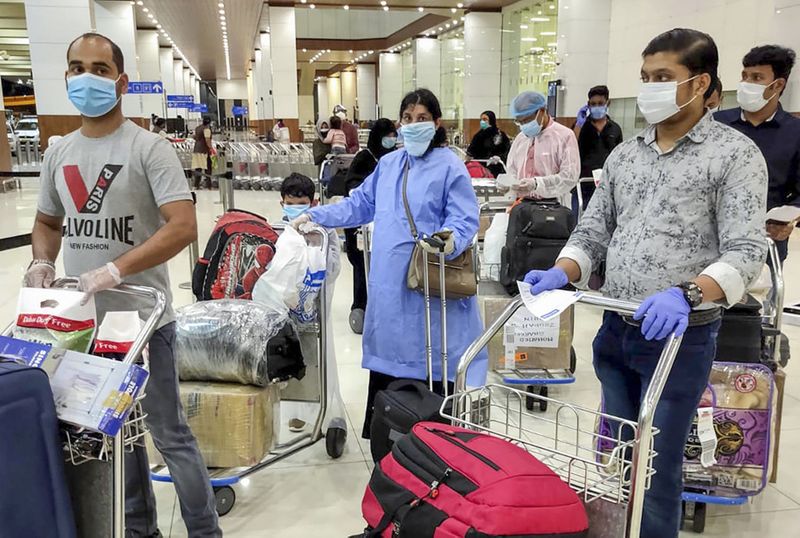
Though no one has yet been able to put a finger on just what opened the floodgates of the virus spread in Kerala after an exemplary show in the early days, the mass movement of expats into and out of the state is perceived to have contributed to a spurt in cases.
The sharp rise in numbers ended Kerala’s status as the model state for containing the virus: On April 29 Kerala had only 495 reported cases but by July 1 it had jumped nearly ten-fold to 4,593.
Rethink afoot
A few months ago, Kerala was being highly rated in its COVID-19 containment measures placing it on a par with those like New Zealand. But the rising number of cases has so drastically altered the scenario that Kerala is now placed alongside Punjab among states that have the fastest rise in cases. In contrast, Asia’s largest slum Dharavi in Mumbai is now touted as a success story in the virus fight.
Now that its early gloss has waned, there is a rethink in Kerala. Dr P.K. Sasidharan, former professor at the Medical College, Kozhikode has said that “from here on, we are not going to benefit in any way with lockdown and containment”.
Sasidharan pricks the popular perception of Kerala’s ‘successful’ handling of the pandemic, stating that in fact the state’s COVID-19 fight isn’t scientific. “We have been focused on buying ventilators and increasing ICU beds. In a fight against a virus, the three aspects are the agent (virus), the host (people) and the environment. We have focused only on the agent,” says he.
Sasidharan says reverse quarantining of affected persons and ensuring nutritious diets for all should be Kerala’s strategy as it moves forward.
Economic shock
Like other Indian states, Kerala is also reeling under the economic setbacks inflicted by the virus. Kerala attracts a million-plus international tourists annually, which will shrink to a small fraction of that in the current year.
Another setback is the likely fall in remittance as hundreds of thousands of Kerala expats are believed to have lost their jobs abroad. Kerala has been one of India’s prominent remittance recipient states with over a trillion rupees reaching the state each year.
At the moment, though, the state is grappling with a renewed battle against the virus, with the daily infection numbers in the range of 2,000. The chief minister has even warned that the daily numbers could cross 10,000. That portends a gloomy Onam – the state’s biggest festival – at the end of the month.


